 I first created a mind map of photographers that interested me and that I thought related to the concept of identity. The manipulation of paper and the way we perceive the photograph was also important when deciding which photographers I would take inspiration from when doing my photo shoots.
I first created a mind map of photographers that interested me and that I thought related to the concept of identity. The manipulation of paper and the way we perceive the photograph was also important when deciding which photographers I would take inspiration from when doing my photo shoots.
 I tried to interpret his style by creating images by layering different sections from different cropped photos.
I tried to interpret his style by creating images by layering different sections from different cropped photos.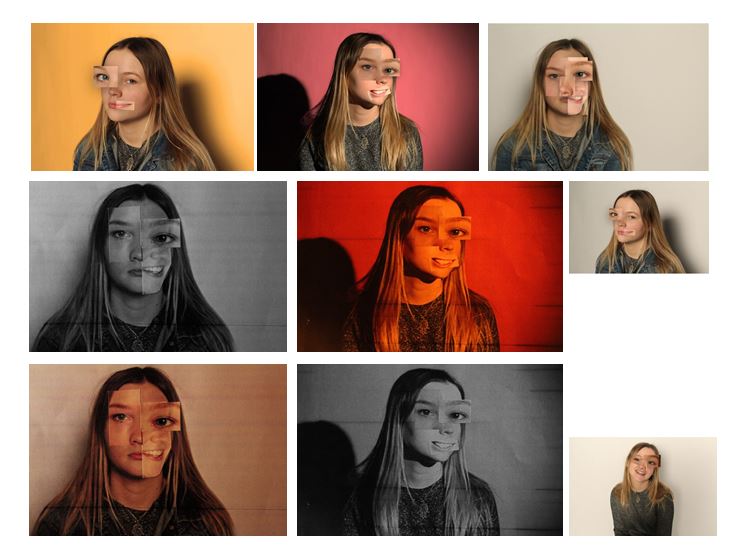 I edited some of the photographs on photo shop and some by cutting the paper and physically sticking on the different angles of the face to experiment which way worked best. I found that the better effect was when i physically stuck on paper on the printed out face as the images edited on photo shop looked too artificial, whereas the stuck on photos looked developed and well experimented.
I edited some of the photographs on photo shop and some by cutting the paper and physically sticking on the different angles of the face to experiment which way worked best. I found that the better effect was when i physically stuck on paper on the printed out face as the images edited on photo shop looked too artificial, whereas the stuck on photos looked developed and well experimented.
These are my two final selections that i have chosen to be printed and framed:
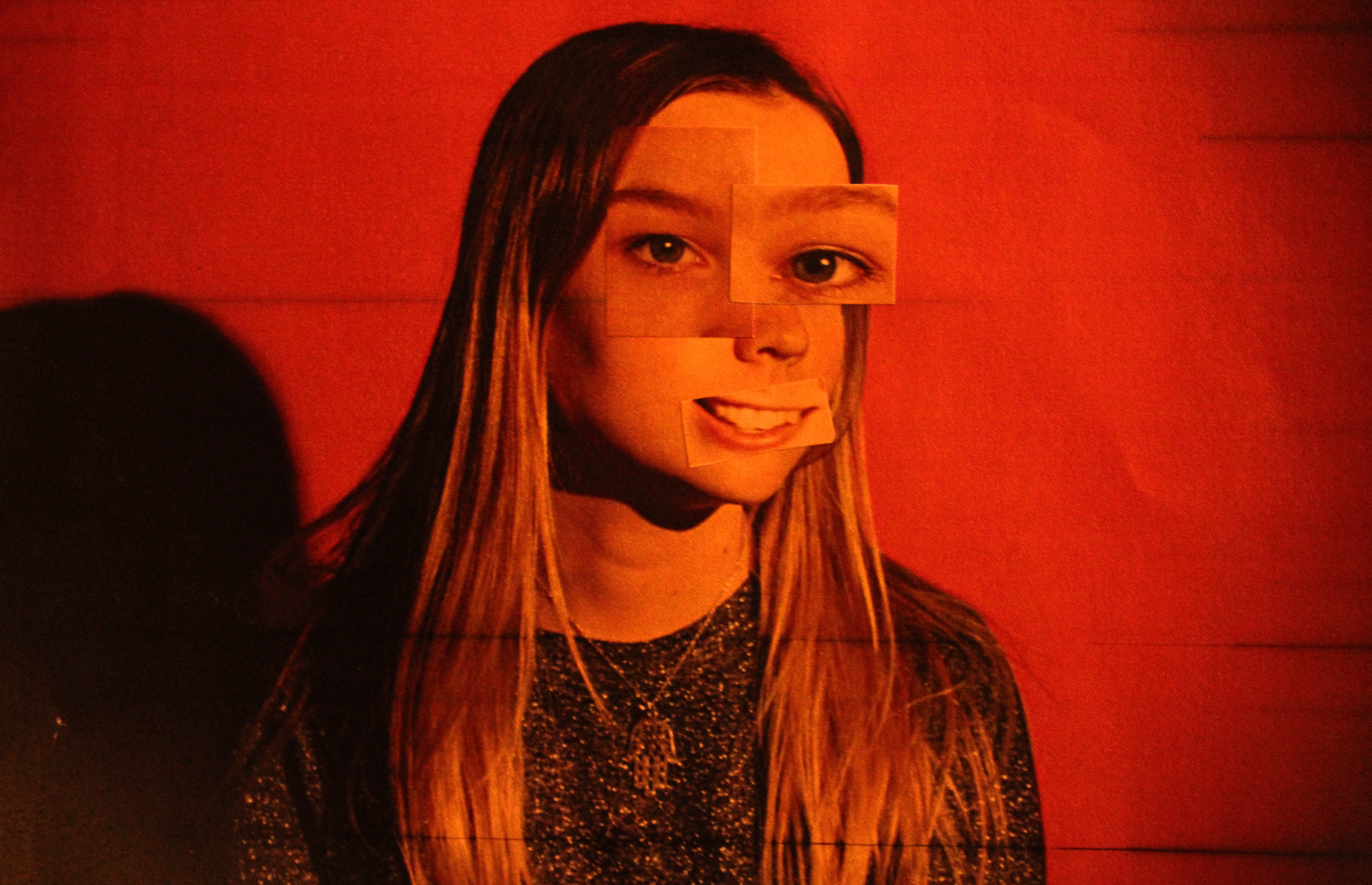

Some more examples of John Stezaker’s work:
 John Stezaker’s work may, in several respects, be part of the continuity of the collage activities that marked 20th-century art, but they stand out in particular by the way they broach the construction of meaning.
John Stezaker’s work may, in several respects, be part of the continuity of the collage activities that marked 20th-century art, but they stand out in particular by the way they broach the construction of meaning.
Some experiments: I tried to interpret John Stezakers work by editing photos onto images of my subject. I tried to select images that would make for an interesting photo and tried to connect lines in the attached photo to lines and sections on the original photos. For three of the images i edited my own photographs onto the image and the forth one i used a picture of an postcard I found online to interpret John Stezaker’s work the best i could as he used postcards in his photos, which i think is the most effective out of the four.
I tried to interpret John Stezakers work by editing photos onto images of my subject. I tried to select images that would make for an interesting photo and tried to connect lines in the attached photo to lines and sections on the original photos. For three of the images i edited my own photographs onto the image and the forth one i used a picture of an postcard I found online to interpret John Stezaker’s work the best i could as he used postcards in his photos, which i think is the most effective out of the four.
When experimenting with Brno Del Zou and John Stezaker’s work i found that my experiments did not have a clear meaning behind them and decided to explore more to find a different photographer more suited to my point of view.






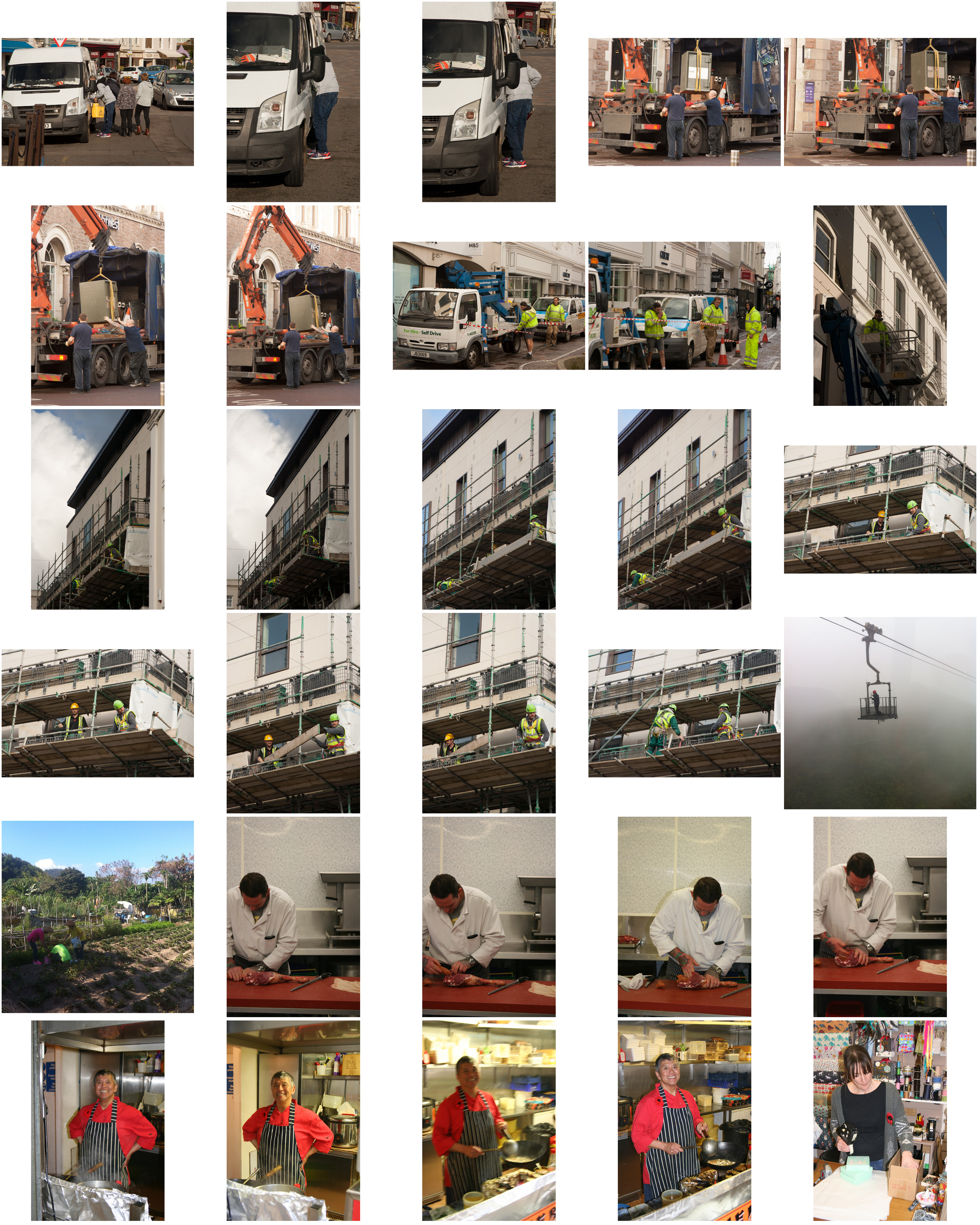




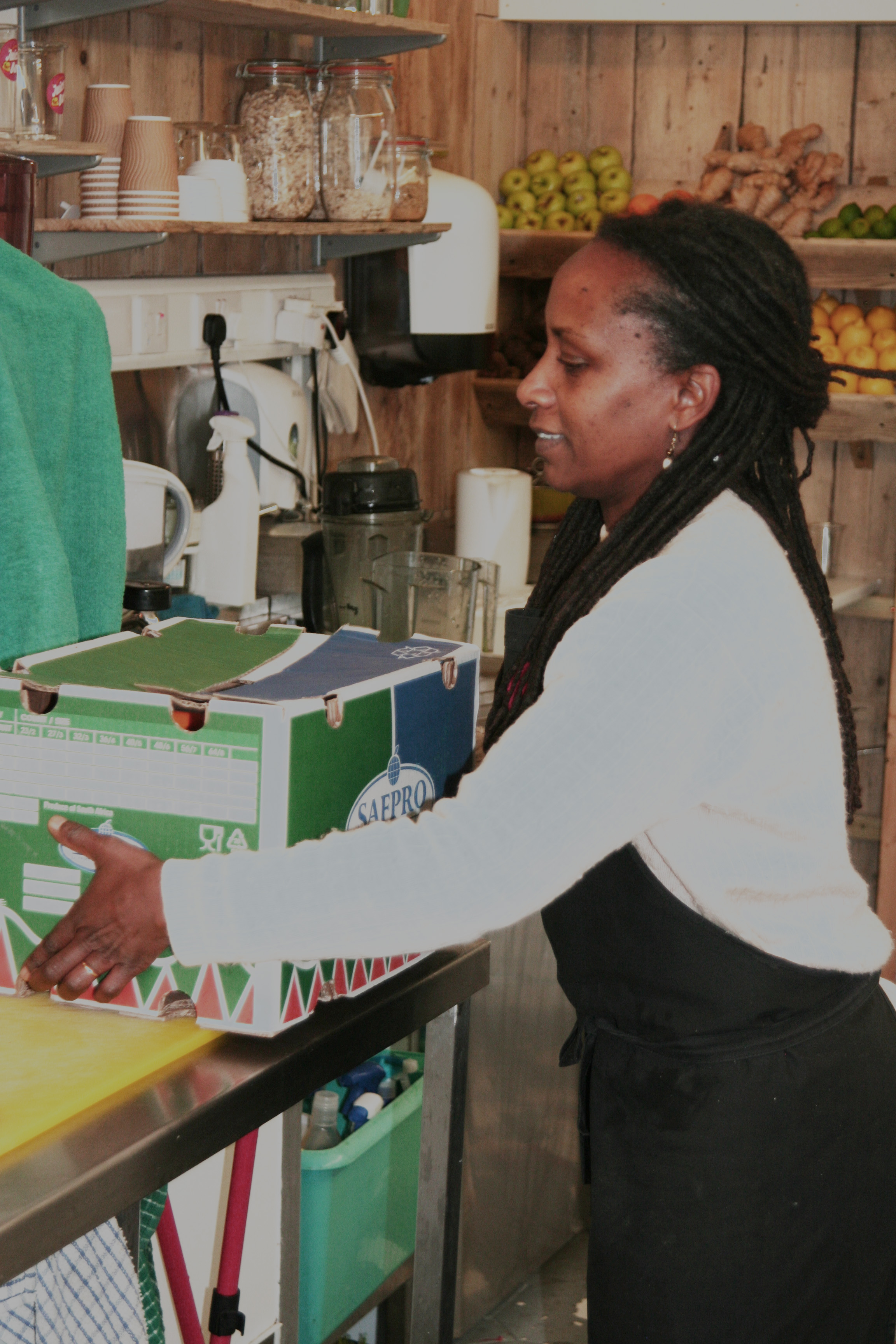


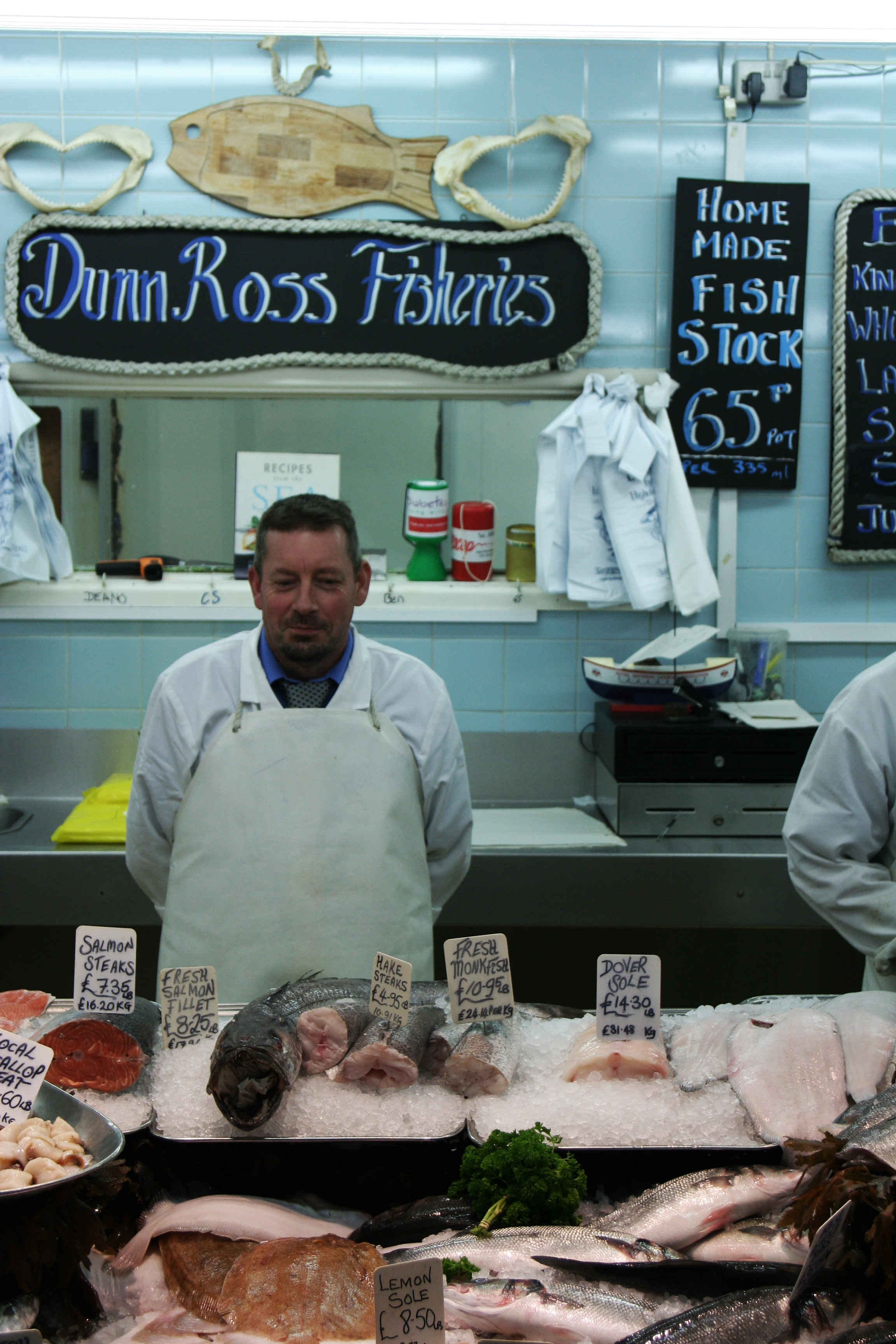




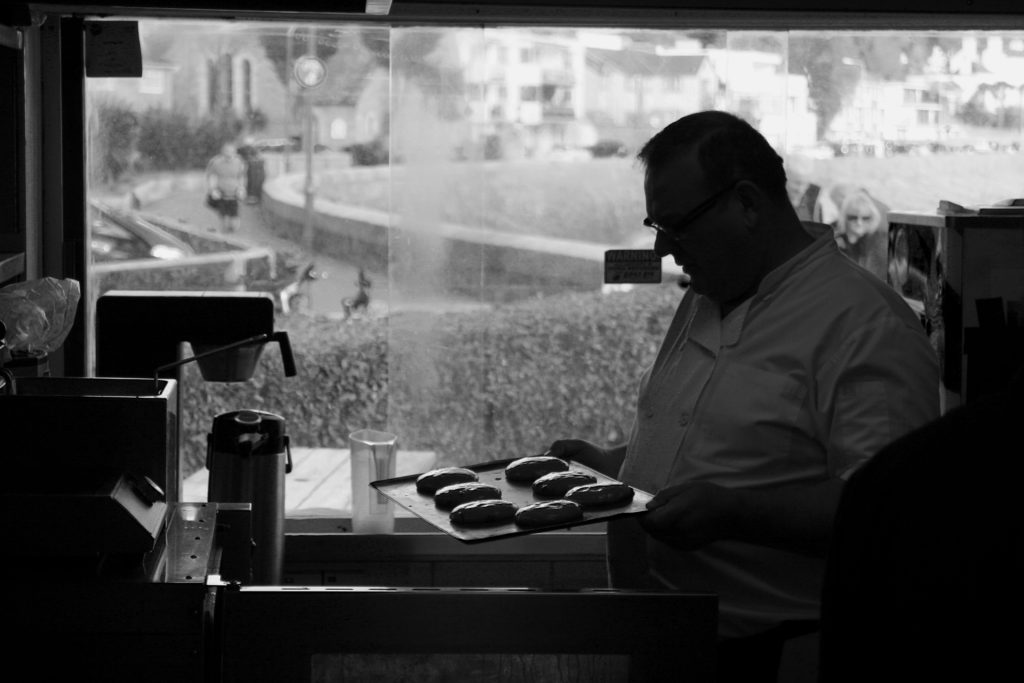
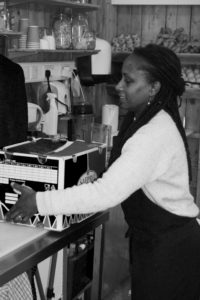
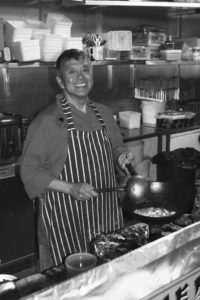

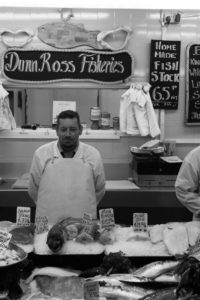

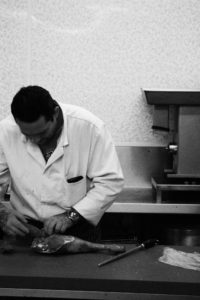
 During the studio photo shoot we played with lighting and created portraits with the same concept of light and dark using light - creating the effect of Chiaroscuro.
During the studio photo shoot we played with lighting and created portraits with the same concept of light and dark using light - creating the effect of Chiaroscuro. 
 I first created a mind map of photographers that interested me and that I thought related to the concept of identity. The manipulation of paper and the way we perceive the photograph was also important when deciding which photographers I would take inspiration from when doing my photo shoots.
I first created a mind map of photographers that interested me and that I thought related to the concept of identity. The manipulation of paper and the way we perceive the photograph was also important when deciding which photographers I would take inspiration from when doing my photo shoots. I tried to interpret his style by creating images by layering different sections from different cropped photos.
I tried to interpret his style by creating images by layering different sections from different cropped photos. I edited some of the photographs on photo shop and some by cutting the paper and physically sticking on the different angles of the face to experiment which way worked best. I found that the better effect was when i physically stuck on paper on the printed out face as the images edited on photo shop looked too artificial, whereas the stuck on photos looked developed and well experimented.
I edited some of the photographs on photo shop and some by cutting the paper and physically sticking on the different angles of the face to experiment which way worked best. I found that the better effect was when i physically stuck on paper on the printed out face as the images edited on photo shop looked too artificial, whereas the stuck on photos looked developed and well experimented.


 John Stezaker’s work may, in several respects, be part of the continuity of the collage activities that marked 20th-century art, but they stand out in particular by the way they broach the construction of meaning.
John Stezaker’s work may, in several respects, be part of the continuity of the collage activities that marked 20th-century art, but they stand out in particular by the way they broach the construction of meaning. I tried to interpret John Stezakers work by editing photos onto images of my subject. I tried to select images that would make for an interesting photo and tried to connect lines in the attached photo to lines and sections on the original photos. For three of the images i edited my own photographs onto the image and the forth one i used a picture of an postcard I found online to interpret John Stezaker’s work the best i could as he used postcards in his photos, which i think is the most effective out of the four.
I tried to interpret John Stezakers work by editing photos onto images of my subject. I tried to select images that would make for an interesting photo and tried to connect lines in the attached photo to lines and sections on the original photos. For three of the images i edited my own photographs onto the image and the forth one i used a picture of an postcard I found online to interpret John Stezaker’s work the best i could as he used postcards in his photos, which i think is the most effective out of the four.




